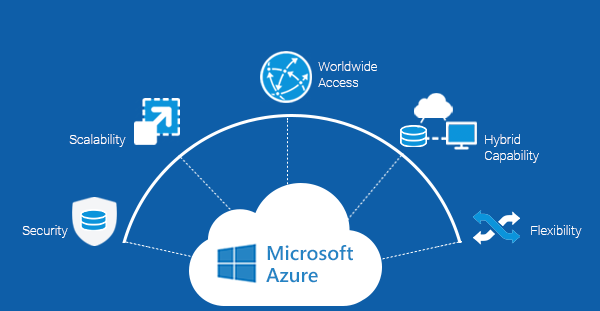



Continuous Integration focuses on merging the work copies of individual developers together into a repository. Often, this task is done several times a day - perhaps as many as tens of times per day with a primary objective to enable early detection of integration bugs, which will eventually result in cohesion and enhanced development collaboration.
The aim of Continuous Integration is to filter integration into a simple, easily-repeatable everyday development task that will serve to reduce overall build costs and reveal defects early in the cycle. CI prevents integration problems often called as “Integration Hell” in early descriptions of XP.
Continuous Delivery is an addition of Continuous Integration, in which the software delivery process is automated further to provide easy and seamless deployments into production at any time.
The motto of Continuous Delivery is to minimize the friction points that are intrinsic in the deployment or release processes. Generally, the execution involves automating each of the steps for build deployments such that a safe code release can be done in a trice.
Continuous Deployment is an extension of Continuous Delivery so that the software build will automatically deploy if it clears all tests. In such a process, there is no need for a person to determine when and what moves into the production. Continuous Deployment is an intensified stage of automation, in which a build/deployment occurs spontaneously whenever a major change is made to the code.
The aim of Continuous Integration is to filter integration into a simple, easily-repeatable everyday development task that will serve to reduce overall build costs and reveal defects early in the cycle. CI prevents integration problems often called as “Integration Hell” in early descriptions of XP.

We are your Strategic IT Partner in development of reliable and scalable IT solutions for any OS, browser and device. We bring together deep industry expertise and the latest IT advancements to deliver custom solutions and products that perfectly fit the needs and behavior of your target audience.
Skype :: biztechnosys
AUS :: +61 4684 88455
INDIA :: +91 77600 97778
Email :: info@biztechnosys.com
Copyright © 2012 – 2023 BIZTECHNOSYS. All Rights Reserved.